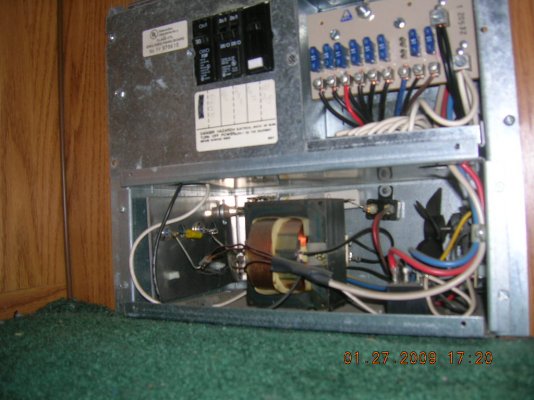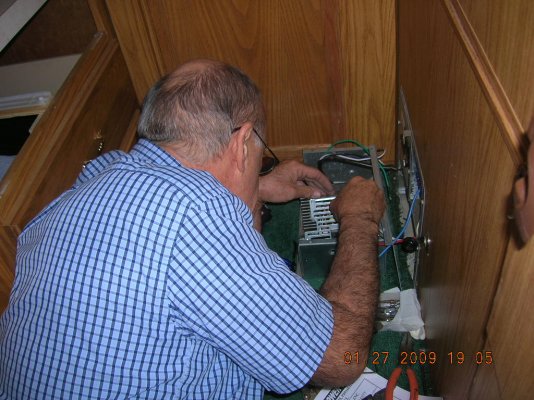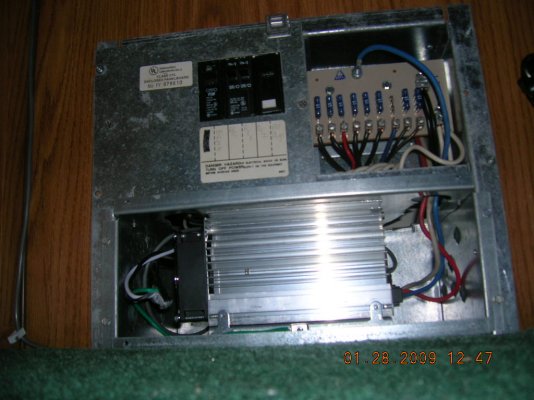03 cobra sb
Well-known member
I have a 1990 Itasca class 'c' . My question is if your are dry camping and are using your genset to run the coach ie AC, microwave etc. . At night so you dont have to hear the genset and just need the coach battery for water pump lights, does the converter switch it automatically or is their a manual way of doing this. I know the new RV's have a switch to do this, but how about the older ones. BTW the batteries is getting charged from the genset and is working properly. I did search but didnt find any solid answers to this issue. Thank you for the help.



